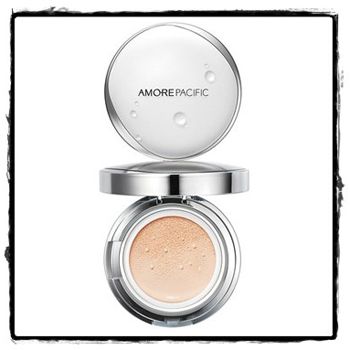Faced with South Korean competitors gobbling up market share abroad and consumers fomenting a digital revolt at home, the global beauty industry can look forward to 2015 as a year of unaccustomed transformation.
Karen Grant, vice president and global beauty industry analyst for The NPD Group, says 2015 could be slightly better than 2014, with perhaps a 4 percent gain in the prestige beauty market. “We have every indication that (2015) will be a good year.”
Grant and other industry analysts also describe the year ahead as a kaleidoscope of changing consumer patterns and swirling market forces.
“The tipping point is being reached,” said Wendy Liebmann, founder and chief executive officer of WSL Strategic Retail. “Digital is firmly entrenched in the psyche and on the fingertips of consumers, brands and retailers.”
She referred to this holiday as a microcosm of what can be expected in 2015 in terms of how the industry has “traditionally calendarized the year: the number of stores we need, the hours open, the way we market and present brands.” All of that is subject to change because “the calendar is not sacrosanct anymore,” she noted, referring to the “seasonality” of the retail mind-set, not to mention the insistence on the need for in-store demonstration.
Black Friday is graying out with the earlier start of the shopping season and seems “very erratic to retailers,” and Cyber Monday is now every day as people consume via the Internet in their own time. Age-old practices of dictating shopping habits by phasing in promotions and sales events don’t work anymore, she insists.
“The shopper no longer wants to be beholden to the way retailers and brands organize their business. Now they can choose to buy it when they want,” Liebmann said.
Paco Underhill, a retail guru and author of “What Women Want: The Science of Female Shopping,” sees the value of the Web in broader terms. The Internet is not only useful for pounding home sales messages, but to act in an information-neutral way to disseminate knowledge “as an evangelical tool,” he noted.
This sudden freedom from orthodox and arbitrary retail thinking has dovetailed with a no-less seismic shift from below at the brand level, as indie or artisanal players continue to exert competitive pressure on the dominant legacy brands.
There has been a value shift driven by 25- to 35-year-old customers. While the dominant brands continue to function as generalists – offering all things to all people – a new generation of upstarts is appealing to young consumers by presenting themselves as specialists in single areas, or as “subject matter experts,” in the words of NPD’s Grant. Examples are Urban Decay and the GlamGlow treatment line, with its popular facial masks.
The latter brand was purchased by the Estée Lauder Cos. Inc. in December. Grant attributes the popularity of items to what she describes as the Sephora effect, a reference to how the French-born perfumery curates and merchandises hot products. When the major brands turned their concentration to antiaging products, they left the competitive door open to alternative players, including artisanal fragrances, which signals a rebirth of influence by perfumers. “Perfumers are the new celebrities,” she said.
Grant observed, “L’Oréal and (Estée) Lauder are trying to grab these brands up because that is what the consumer is looking for right now.”
The indies also have been small and nimble enough to be very experimental. Grant expects to see them spreading their wings and “flexing their muscle because they now have muscle behind them,” referring to those that have been acquired by the major beauty groups.
Not out of the question is a reverse effect in which the indie flair for innovation could rub off on their new parents, Grant noted, speculating about possibly a GlamGlow mask for the Estée Lauder brand. “Now that they have gotten married, what kind of babies are they going to have?” she asked.
But the streets of New York and Los Angeles are not the only breeding ground for competition. Underhill sees it in the shops of Seoul, where homegrown beauty franchises, he says, “are giving the Western brands a run for their money. They just understand Asian beauty better,” he said, touching on the raw nerves of Westerners flocking East to build futures in Asia.
Citing competitors such as the clay mask producer Innisfree and AmorePacific, Underhill continued, “They understand Asian skin tone and Asian sensibilities. They also are riding on the incredible popularity of Korean pop music, or K-Pop, and Korean soap operas."
“They are rising brands across all markets,” Underhill continued. “It is something completely off the Western radar screen.”
2015 will be a good year for beauty market as analysts indicated that there are all positives signs of improvement in coming days.



